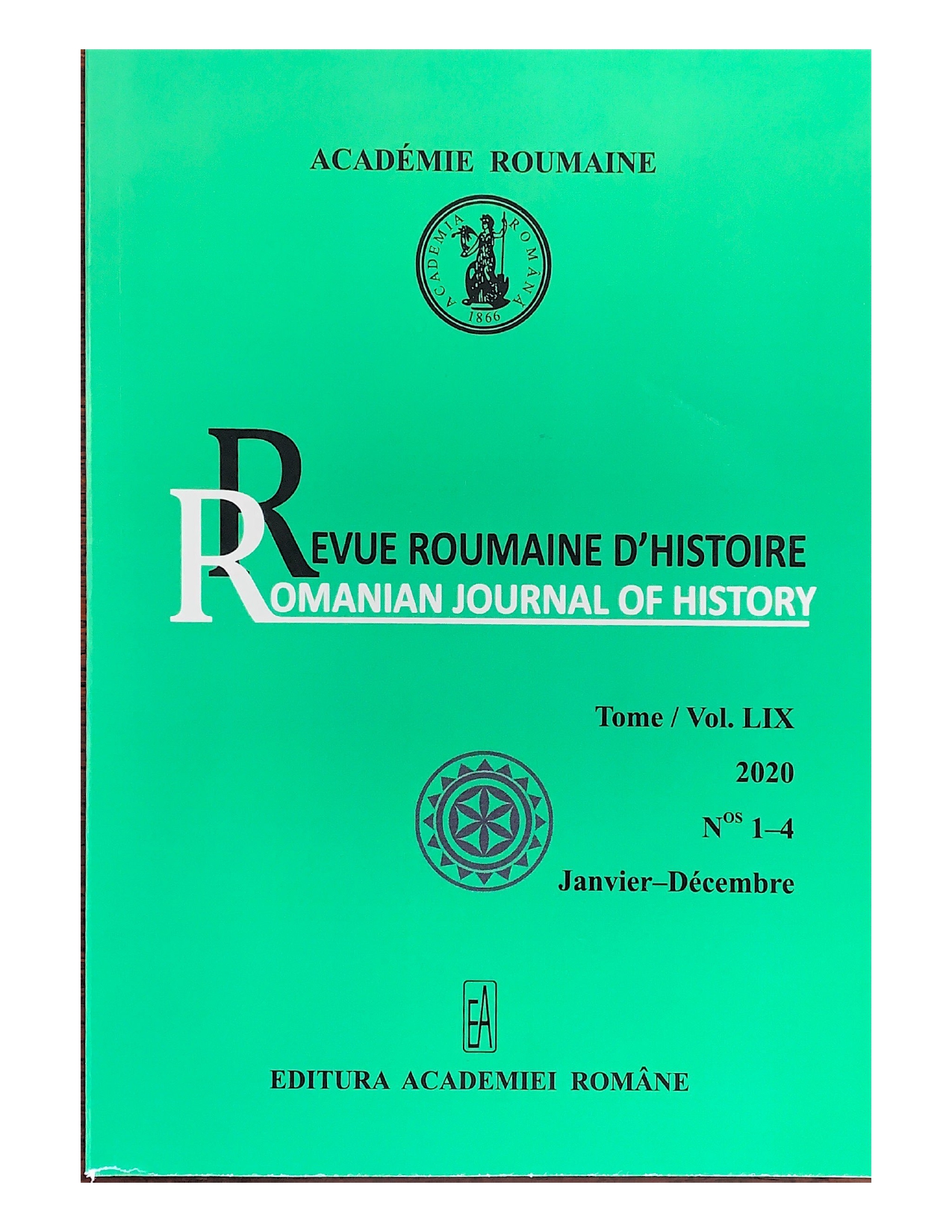The Italian Church of Bucharest
The Italian Church of Bucharest
Author(s): Emanuela ConstantiniSubject(s): Architecture, Local History / Microhistory
Published by: Editura Academiei Române
Keywords: Italy; Romania; migration; Bucharest; Church; architecture;
Summary/Abstract: The Italian church is the most visible symbol of Italian culture in the center of Bucharest. It was built between 1915 and 1916 due to the will of the Italian head of delegation, Carlo Fasciotti. The church’s construction is one of the most representative monuments of the relationship between Italy and Romania before and during the First World War. Fasciotti obtained a piece of land in the center, mediating between the Austrian bishop Netzhammer and the Romanian government, reassuring them that it would be a small building dedicated to the Most Holy Redeemer and not to a “national” saint. The church was inaugurated in 1916, but the events of the war interrupted its internal completion. Fasciotti and the Italian delegation fled to Iaşi during the Central Empires’ occupation. The contrast with Netzhammer worsened, as it involved the national conflict between Italy and Austria. Yet, the bishop was the official referent of the Catholic communities in the capital city, and therefore also of the Italian one, so Fasciotti had to deal with him. At the end of the conflict, Fasciotti tried to have him replaced with an Italian bishop, but in vain. The church was completed with the addition of furnishings and paintings in the 1920s
Journal: Revue Roumaine d’Histoire / Romanian Journal of History
- Issue Year: LIX/2020
- Issue No: 1-4
- Page Range: 77-91
- Page Count: 15
- Language: English

